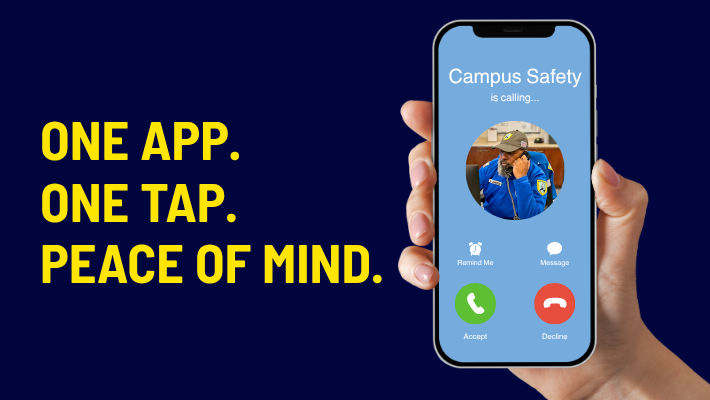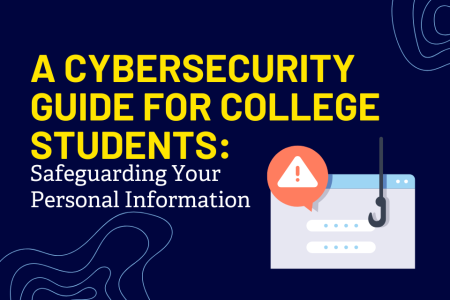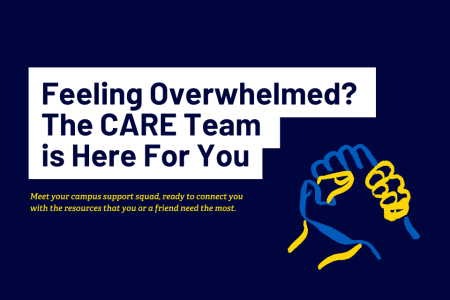In the dynamic landscape of college campuses, you may often encounter a range of social interactions that can shape your academic experiences. Unfortunately, within these environments, instances of discrimination, harassment, and sexual misconduct can occur, posing significant challenges to your well-being and academic pursuits. If you experience any of the following, please reach out to Widener's Title IX Coordinator and Equal Opportunity Officer as soon as you can.
Discrimination:
- Racial Discrimination: Being treated unfairly or differently because of one's race or ethnicity by peers, faculty, or staff.
- Gender Discrimination: Experiencing unequal treatment based on gender, such as bias in grading or opportunities for leadership positions.
- Disability Discrimination: Facing barriers to access educational facilities or resources due to a disability, or being treated unfairly because of it.
- Sexual Orientation Discrimination: Experiencing prejudice or exclusion based on sexual orientation, such as being denied housing or facing harassment.
- Religious Discrimination: Being targeted or excluded because of one's religious beliefs or practices, whether by peers or institutional policies.
Discriminatory Harassment:
Contact the Title IX Coordinator when harassment is based on personal characteristics including sex, gender, pregnancy status, age, race, color, national origin or ethnicity, religion, disability (including perceived disability), status as a veteran, citizenship, sexual orientation, gender identity, gender expression, marital status, or genetic information. Some examples of discriminatory harassment are:
- Bullying: Being subjected to persistent harassment, intimidation, or exclusion by peers based on personal characteristics such as race, gender, or sexual orientation.
- Cyber Harassment: Experiencing online harassment, including cyberbullying, stalking, or threats via social media or other digital platforms based on personal characteristics such as race, gender, or sexual orientation.
- Verbal Harassment: Being subjected to offensive language, insults, or verbal abuse from peers or authority figures based on personal characteristics such as race, gender, or sexual orientation.
- Racial Harassment: Enduring racial slurs, jokes, or derogatory comments from classmates, faculty, or staff.
- Bias incident: A graffiti racial slur is written outside of a student's residence hall room
Contact campus safety for general harassment that is not on the basis of any protected identity.
Sexual Misconduct:
- Sexual Harassment: Receiving unwanted sexual advances, comments, or gestures from classmates, professors, or staff members.
- Sexual Assault: Being subjected to any form of non-consensual sexual activity, including rape or unwanted touching, by a peer, faculty member, or staff member.
- Sexual Exploitation: Being coerced or manipulated into sexual activities or relationships by someone in a position of authority or trust, such as a professor or advisor.
- Quid Pro Quo Harassment: Being offered academic or other benefits in exchange for sexual favors by a professor or staff member.
- Hostile Environment: Experiencing a hostile environment where sexual behavior, comments, or jokes create an intimidating or uncomfortable atmosphere for learning or socializing.






